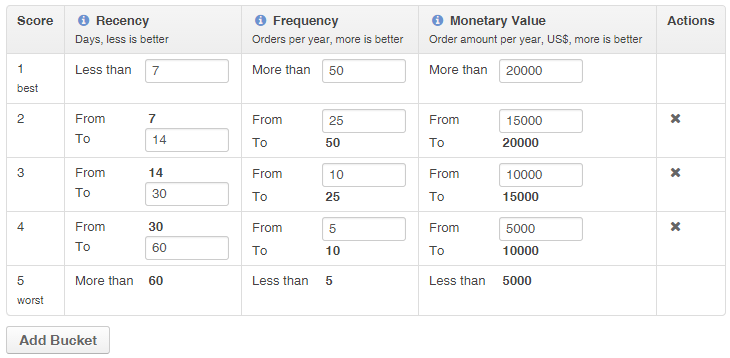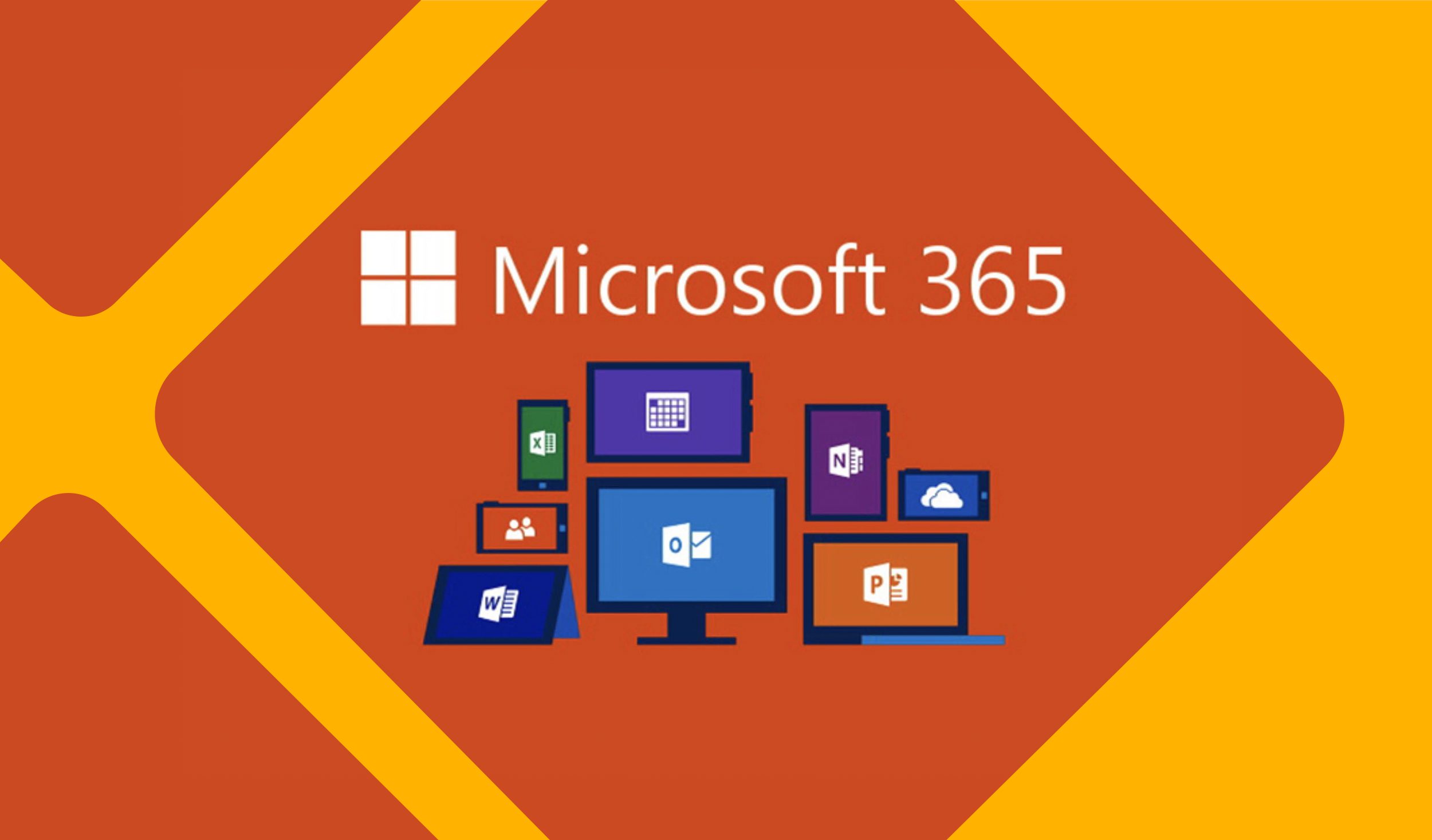RFM (Recency, Frequency, Monetary Value) analysis proves to be one of the most efficient marketing segmentation techniques used by eCommerce businesses. In short, RFM allows to segment your client base based on their buying behaviour and define how active and profitable each group is.
Benefits of RFM Analysis Made Easy With OroCRM
OroCRM offers a flexible RFM tool to gather insightful customer data. You can either configure RFM segments when creating a new eCommerce channel in the system or simply set up RFM for an already existing channel.
Recency is measured in days and shows how often customers make purchases.
Frequency is measured in orders per year and stands for the number of customer transactions.
Monetary Value is the amount of money a customer spent per year. It measures the overall transaction value.

Although many marketers and eCommerce business owners calculate RFM, very few understand how to put it to proper use. In this blog, we’ll discuss how customer activity information brought by the benefits of RFM analysis can turn into actionable insights.
Identify and Study Your Best Customers
Rewarding repeat customers via loyalty programs is an important strategy for any company regardless of its business model. Loyal and appreciated clients lead to longer customer retention which leads to repeated sales. This is why you should recognize your best buyers. RFM analysis offers a quick way to identify the most valuable (e.g. recently and frequently purchased) clients and turn them into targeted marketing segments. Remember that the the RFM analysis only shows relative numbers so make sure you really dive deep into the social, professional and behavioural aspects of your best customers. Highly targeted segments coupled with customized messaging always maximizes success for marketing campaigns.
Besides, you may also find that your top active buyers may vary slightly in one or the other attribute of RFM (for example – lower frequency with higher monetary value vs higher frequency, but lower monetary value).
Create Spot-On Activation Strategies For Your Customer Segments
The number of segments you want to divide your customer base into when performing RFM analysis, certainly depends on peculiarities of your business and often times your gut feeling. But the rule of thumb is to at least segment your customers into three essential groups: Active clients who make regular or multiple purchases at your website; Customers at Risk who are clients that have been idle for a certain period of time with no orders placed; and Churned or non-returning customers.
Arranging your customers into these categories clearly showcases that marketing and sales strategy for active clients would be very different than the strategy for Customers at Risk. You can now revisit your marketing and sales strategies armed with good data. Depending on the target group, you can engage with the customer segments via retention, reactivation, or win-back campaigns.
Combine RFM With Other Reports
It’s possible to use Recency, Frequency, and Monetary metrics with various filters when generating reports. For example, setting up an RFM report from a product category will allow you to get a more refined insights into your client’s buying behaviors.
Another example of an easy win when combining RFM with another report is catching highly-scored customers with recently abandoned shopping carts. Once you’ve compiled this list, you can try and encourage them to complete the process via more personalized message or a call from a friendly sales manager.
In Conclusion
RFM analysis is a potent marketing technique and a powerful segmentation tool once you know how to utilize the data it delivers. It enables you to get an at-a-glance view so you can create actionable offensive and defensive strategies around the data. Offensive strategies include treating your most revenue-generating clients like VIPs to boost repeat orders and customer retention. Defensive strategies include identifying inactive clients so targeted offers and promotions can be sent for a re-engagement campaign.
OroCRM comes out-of-the-box with RFM Analysis allowing eCommerce marketers to create targeted segments for more personalized outreach.
Do you have any questions on the benefits of RFM analysis with OroCRM? Contact us and we’ll get in touch to resolve your issue.



